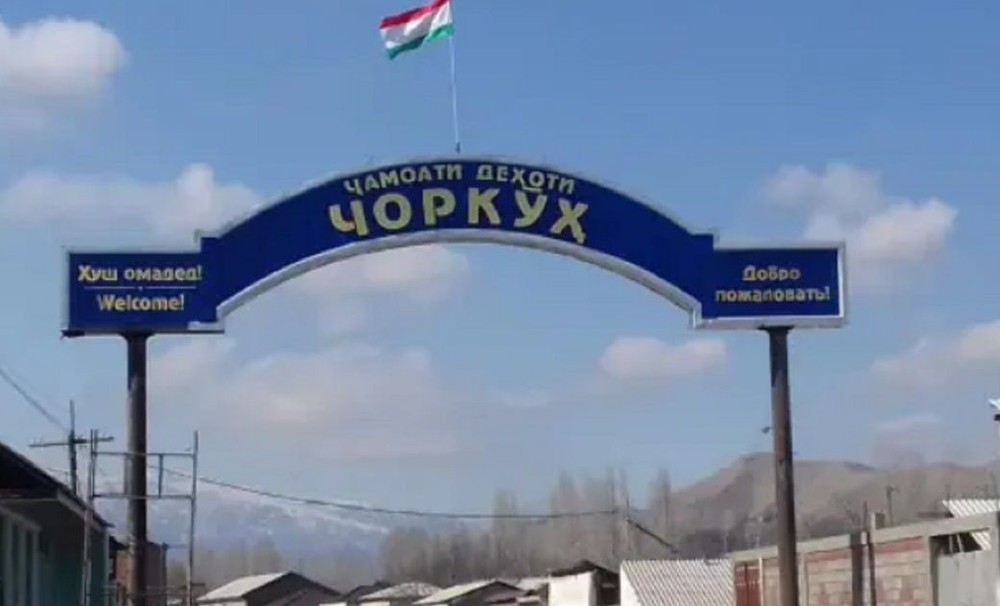Another clash erupted along Tajikistan’s common border with Kyrgyzstan Wednesday noon. As a result of shooting, Tajik young woman was reportedly wounded.
A statement released by the Main Border Guard Directorate at the State Committee for National Security (SCNS) of Tajikistan, in particular, says that contrary to previously signed agreements, Kyrgyz national Soat Bakhtibekov, resident of the Koktash village, opened fire and wounded a 25-year-old resident of the Tajik jamoat of Chorkuh, Zuhrona Sharopova (Mutabarkhonum Zuhriddin).
The incident reportedly took place on May 27, at 11:55.
“This provocative action is assessed as an attempt of artificial destabilization of the situation along the state border that may lead to a response from residents of Tajikistan’s border area,” says the statement.
According to the Tajik Main Border Guard Directorate, Ms. Sharopova was admitted to the Isfara central city hospital and she is currently in a state of moderate severity.
Relevant bodies of the two countries are at the site of incident and carrying out explanatory work among residents of border areas of the two countries to normalize the situation, the statement said Wednesday afternoon.
Recall, the previous incident along the Tajik-Kyrgyz border took place in the Tajik Vorukh jamoat on May 24, when border guards opened fire. A 19-year-old Tajik border guard Davlatyor Zoirov was wounded in the leg. As usual, Dushanbe and Bishkek blamed each other for the incident.
Last year alone, there were at least fourteen cases of violence, in which six Tajik nationals and one Kyrgyz citizen were killed and more than 60 other people were injured.
Many border areas in Central Asia have been disputed since the collapse of the Soviet Union in 1991. The situation is particularly complicated near the numerous exclaves in the Ferghana Valley, where the borders of Tajikistan, Uzbekistan, and Kyrgyzstan meet.
The border of Kyrgyzstan and Tajikistan has been the scene of unrest repeatedly since the collapse of the former Soviet Union. The countries share 971 kilometers of border – of which only 504 kilometers has reportedly been properly delineated.







